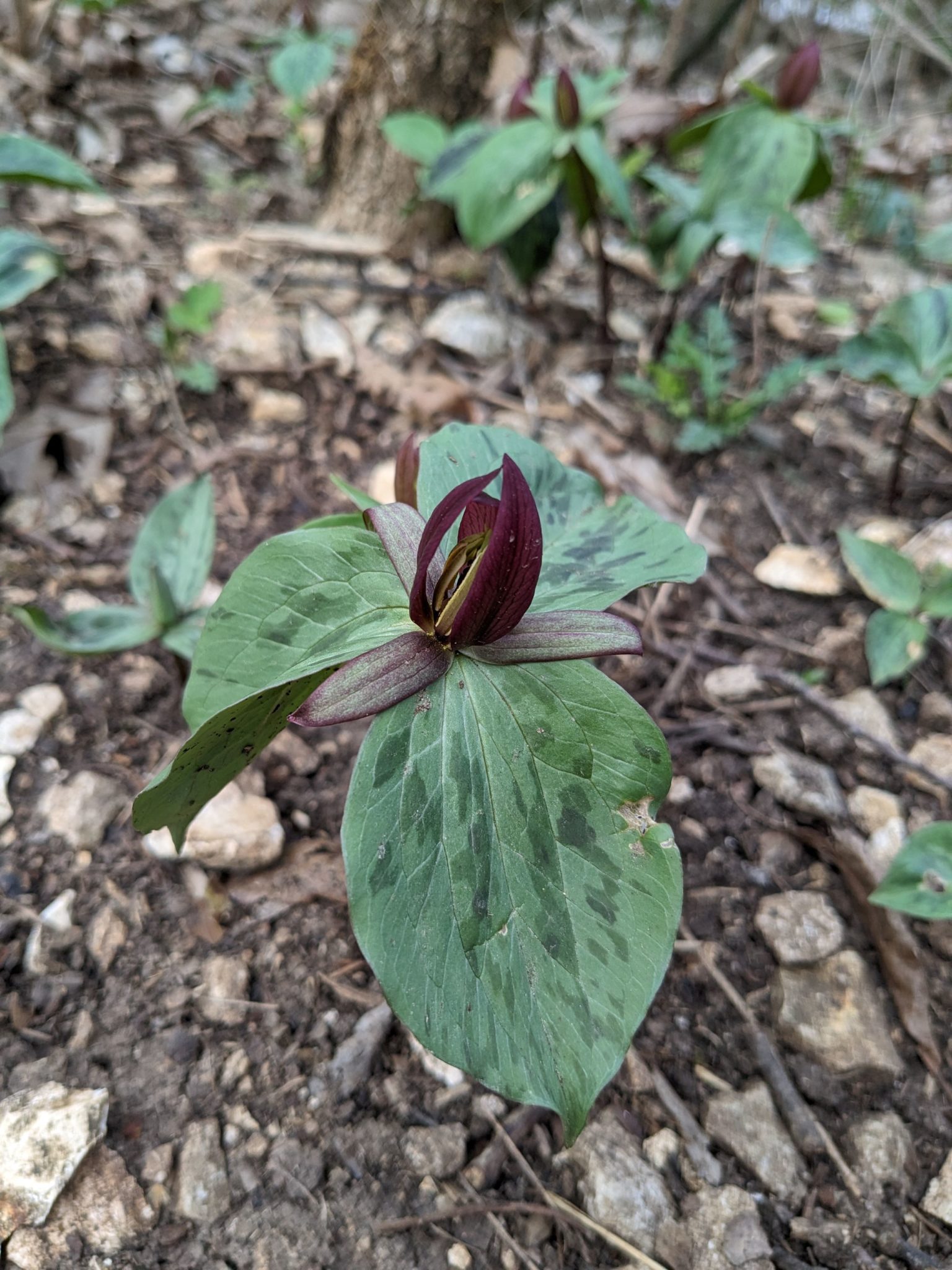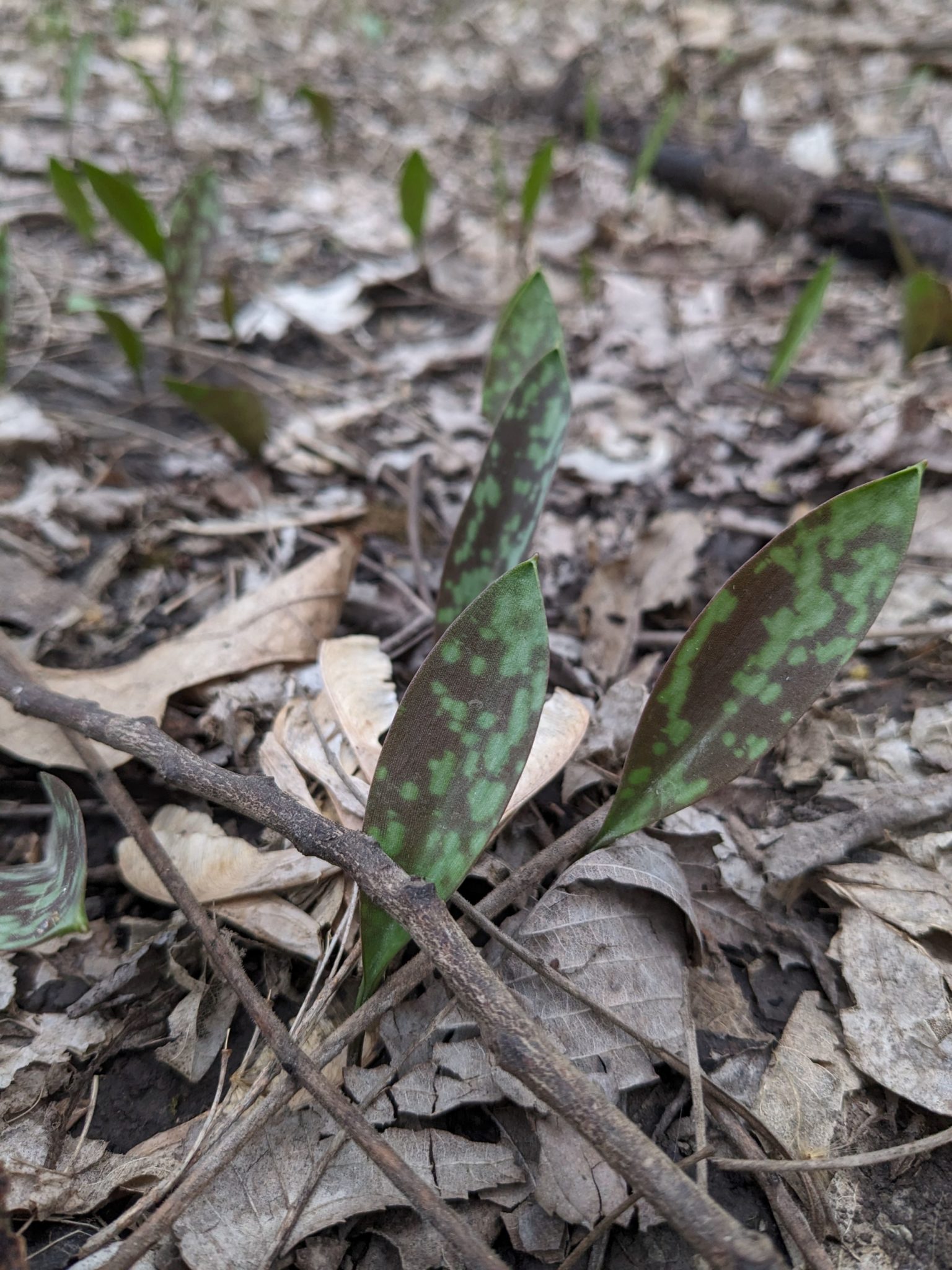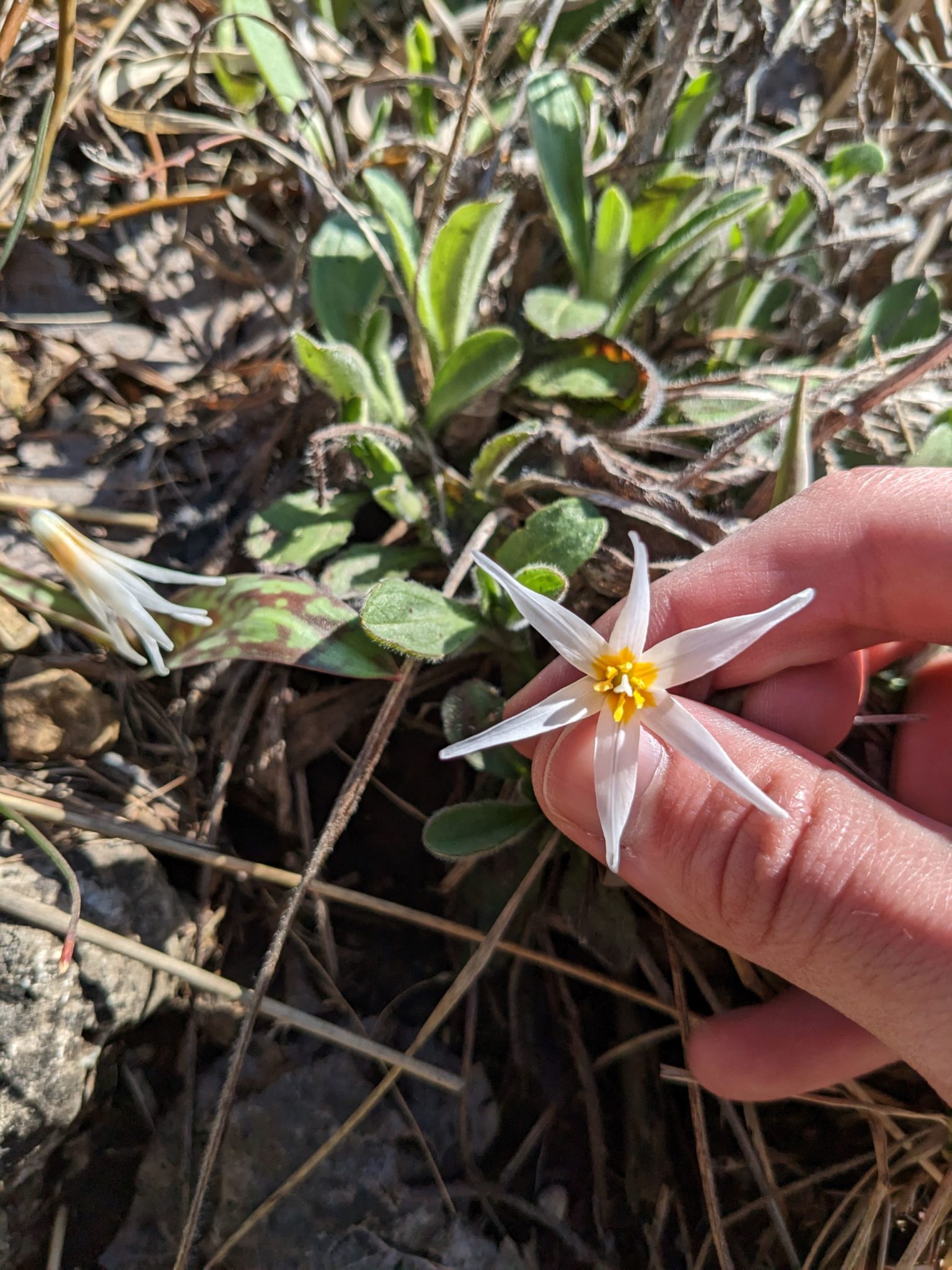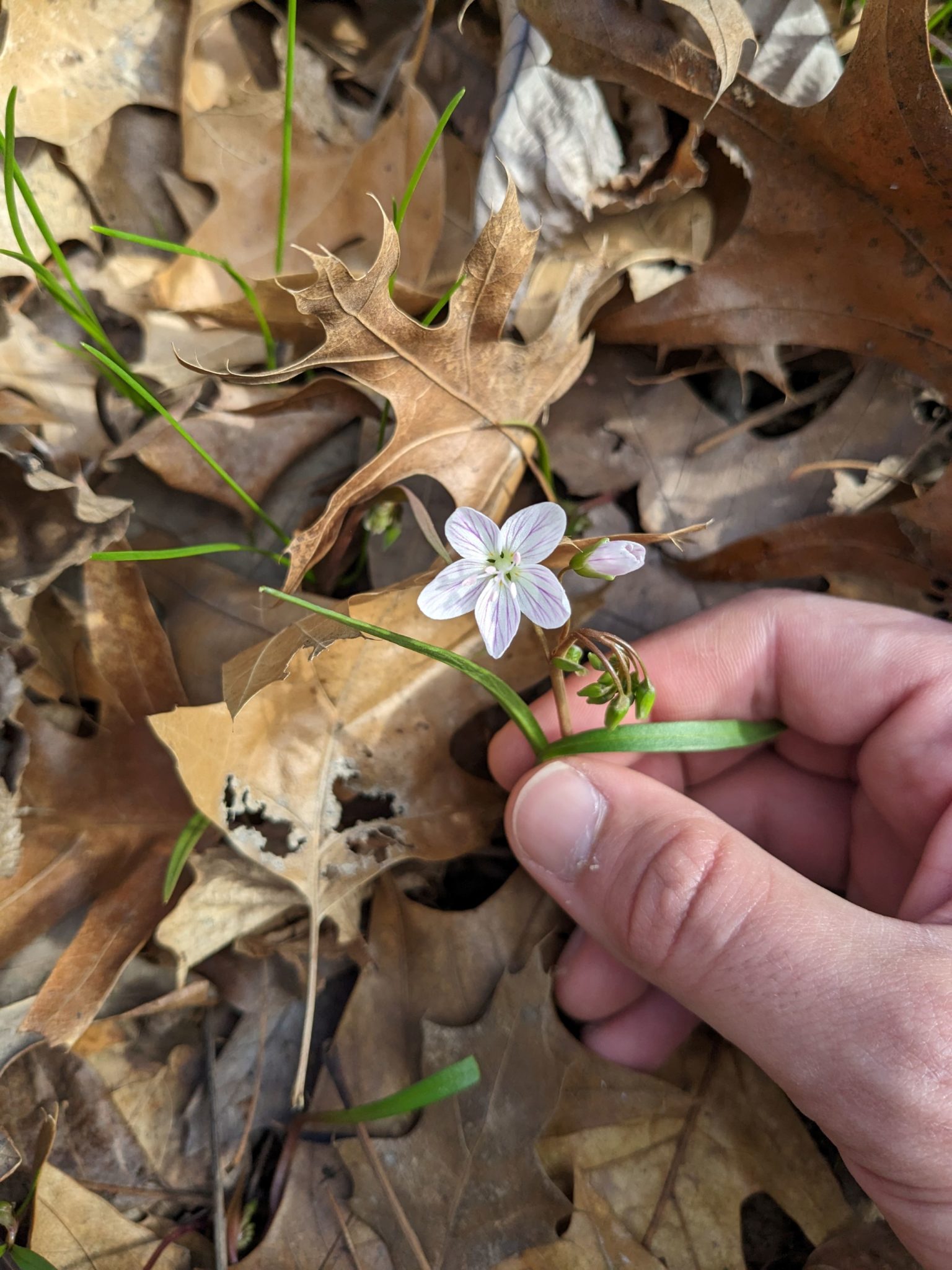March 19 marked the first day of spring, and with it, the turn of a season. While warmer weather and longer daylight hours are much appreciated features of the new season, my favorite aspect is the emergence of spring wildflowers. After a long winter, seeing the pops of color makes me feel like Earth is waking up, sparking inspiration and excitement.
In this post, I’ve compiled a small collection of my favorite native wildflowers that can be found in April, a little information about why they’re so cool, and some insight into where you might find them. You can treat this blog post as a scavenger hunt, with the objective of learning a little bit more about Missouri’s natural heritage.
While out on your hunt, I highly recommend this resource from the Missouri Department of Conservation, which is a helpful guide that covers spring wildflowers. If you find any plants you’d like to identify that aren’t on this list, you’ll likely find the answers in that guide.
Wildflowers to Look Out for:
Toadshade
First on the list is an interesting-looking plant, the toadshade (scientific name, Trillium sessile).
Unlike many plants, which produce bright, sweet-smelling flowers to attract pollinators, this plant takes a different approach. Toadshade is pollinated by bugs that typically prefer dead or rotting things, like flies and beetles, and therefore, has a rather fetid smell.
If you can get past the smell, seeing this plant growing on the forest floor can be exciting. The leaves are arranged in the shape of a palm, satisfyingly symmetrical, and the single flower is long and dark. As the name implies, it looks like an umbrella made perfectly for a toad to relax under.

Additionally, since toadshade takes several years to grow from seed, it always feels like an honor to see a flower that has taken so long to grow.
While they’re probably not going to grow in your yard, you can find these plants in several natural areas around Columbia. Some places with confirmed sightings include Grindstone Nature Area and Rockbridge State Park.
White Trout Lily
Next on the list is my personal favorite, the white trout lily (scientific name, Erythronium albidum).
True to its name, the leaves of this plant really do resemble the belly of a trout, mottled with purplish brown. The flower itself is white, as the name implies, and shoots out like a star. To me, it’s one of the prettiest wildflowers around.


This plant is a spring ephemeral, waiting for the perfect moment to bloom, and then staying in bloom for a very short time. It’s often found in woodland areas, and therefore, likes to get a head start, blooming in early spring before all of the trees have put out their leaves. If it blooms too late, it will be shaded out by the forest and won’t be able to survive on the forest floor.
Since they’re ephemeral, finding them can be tricky. However, there’s no mistaking their distinctive trout-like leaves, so if you see it carpeting the forest floor, you’ll know it. White trout lilies can be found in both Grindstone Nature Area and Rock Bridge Memorial State Park around this time of year.
Spring Beauty
Third on the list is something a little easier to find. The spring beauty (scientific name, Claytonia virginica) is Missouri’s most widely distributed early spring wildflower. Although abundant, these flowers are always a joy to see, striped with bright pink through their white petals.

Interestingly enough, this plant used to be eaten by Native Americans. They produce a corm (think of something like a potato) underground that stores sugar and other nutrients for the plant to use over winter. Both the corm, along with the above-ground plant, can be consumed. However, it’s generally not advisable to eat wild plants, unless under the direction of an expert, as many toxic plants can mimic edible ones.
As mentioned above, this plant can be found in all kinds of places. You might find it growing in your yard, along the MKT Trail, in Grindstone Nature Area, and more. On your next walk, keep your eyes peeled for this common beauty.
Conclusion:
I hope this provides you with a fun list of wildflowers to seek out and enjoy! Take your kiddos, or go for a walk with friends, and try to find these or others. Bonus points if you call them by their scientific names — your friends are sure to be impressed.




